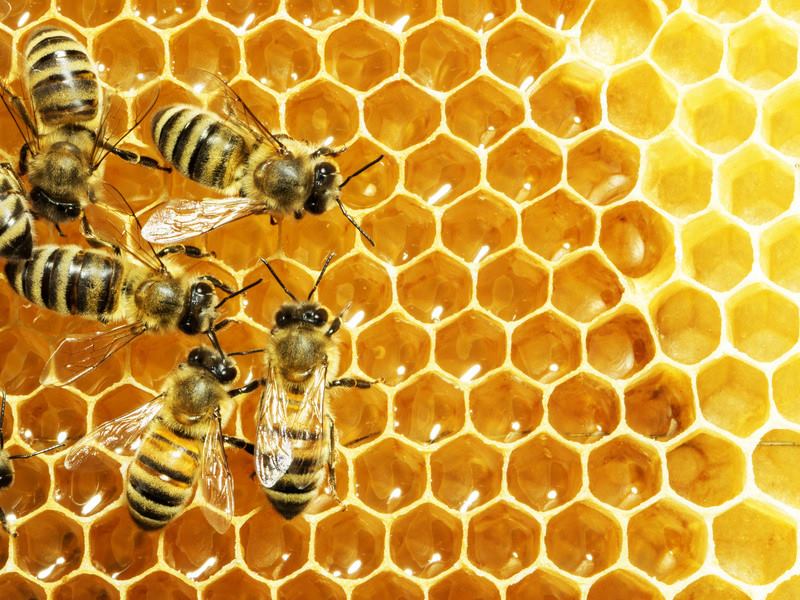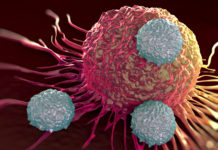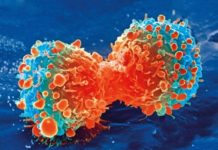Raw honey has been used against infections for millennia, well before honey as we now know it was manufactured and sold in stores. So what is the key to its’ antimicrobial properties? Researchers at Lund University in Sweden have identified a unique group of 13 lactic acid bacteria found in fresh honey, from the honey stomach of bees. The bacteria produce a myriad of active antimicrobial compounds.
 These lactic acid bacteria have now been tested on severe human wound pathogens such as methicillin-resistant Staphylococcus aureus (MRSA), Pseudomonas aeruginosa and vancomycin-resistant Enterococcus (VRE), among others. When the lactic acid bacteria were applied to the pathogens in the laboratory, it counteracted all of them.
These lactic acid bacteria have now been tested on severe human wound pathogens such as methicillin-resistant Staphylococcus aureus (MRSA), Pseudomonas aeruginosa and vancomycin-resistant Enterococcus (VRE), among others. When the lactic acid bacteria were applied to the pathogens in the laboratory, it counteracted all of them.
While the effect on human bacteria has only been tested in a lab environment thus far, the lactic acid bacteria has been applied directly to horses with persistent wounds. The LAB was mixed with honey and applied to ten horses; where the owners had tried several other methods to no avail. All of the horses’ wounds were healed by the mixture.
The researchers believe the secret to the strong results lie in the broad spectrum of active substances involved.
“Antibiotics are mostly one active substance, effective against only a narrow spectrum of bacteria. When used alive, these 13 lactic acid bacteria produce the right kind of antimicrobial compounds as needed, depending on the threat. It seems to have worked well for millions of years of protecting bees’ health and honey against other harmful microorganisms. However, since store-bought honey doesn’t contain the living lactic acid bacteria, many of its unique properties have been lost in recent times,” explains Tobias Olofsson.
The next step is further studies to investigate wider clinical use against topical human infections as well as on animals.
The findings have implications for developing countries, where fresh honey is easily available, but also for Western countries where antibiotic resistance is seriously increasing.
Source: Tobias C Olofsson, Èile Butler, Pawel Markowicz, Christina Lindholm, Lennart Larsson, Alejandra Vásquez. Lactic acid bacterial symbionts in honeybees – an unknown key to honey’s antimicrobial and therapeutic activities. International Wound Journal, 2014; DOI: 10.1111/iwj.12345
Journal Link: http://bit.ly/1w86WN8














